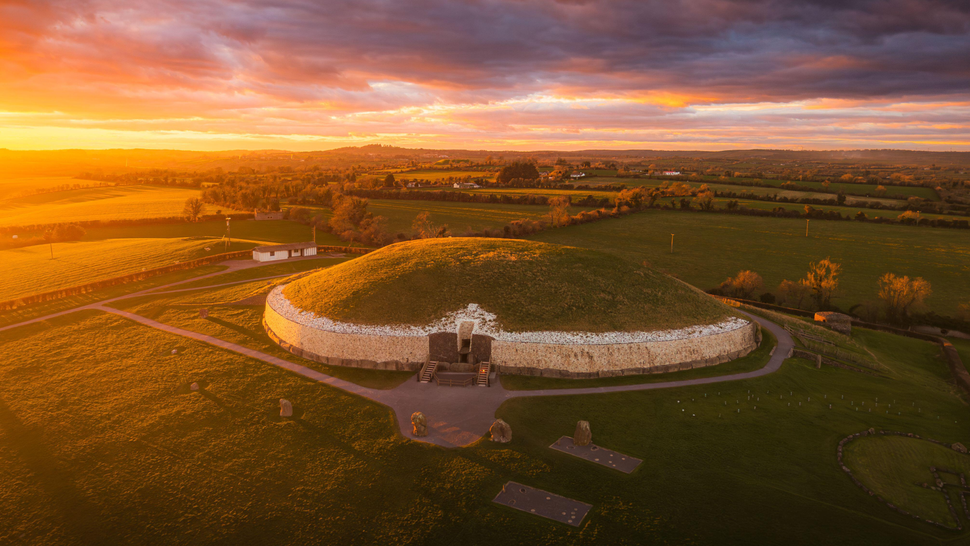Stone Age tombs for Irish royalty aren't what they seem, new DNA analysis reveals
By Kristina Killgrove
published 2 days ago
A reanalysis of ancient DNA shows that a major cultural change took place in Ireland after four centuries of farming

Newgrange Neolithic passage tomb in Ireland (Image credit: Alamy)
Archaeologists have long assumed that Stone Age tombs in Ireland were built for royalty. But a new analysis of DNA from 55 skeletons found in these 5,000-year-old graves suggests that the tombs were made for the community, not for a ruling dynasty.
In Ireland's Neolithic period, which lasted from about 3900 to 2500 B.C., people built "megalithic monuments" — large stone structures that contained human bones and cremated remains. While the monuments clearly marked burials, archaeologists have argued about who was interred in them and whether the tombs served other purposes, such as being focal points for rituals, ceremonies or performances.
Early DNA work found that the people who built these monuments were early farmers who herded cattle and grew grain. It also concluded that these tombs were built for ancient elite dynasties with incestuous marriages. But a study published April 2 in the Cambridge Archaeological Journal suggests archaeologists may have been wrong about the identity of the people buried in the tombs — and their relationships.
Instead of being royal tombs, the megalithic monuments may have been spots where people came together in different seasons to work, feast and bury their dead, study lead author Neil Carlin, an archaeologist at University College Dublin, told Live Science in an email. And this society built the tombs following a major shift away from four centuries of simpler burial practices, the study suggests.
More:
https://www.livescience.com/archaeology/stone-age-tombs-for-irish-royalty-arent-what-they-seem-new-dna-analysis-reveals
